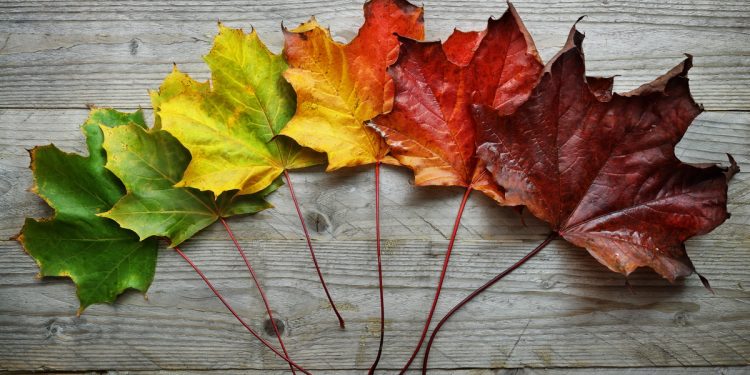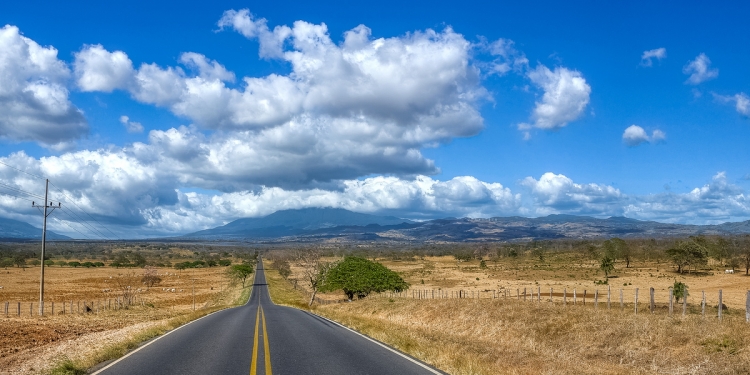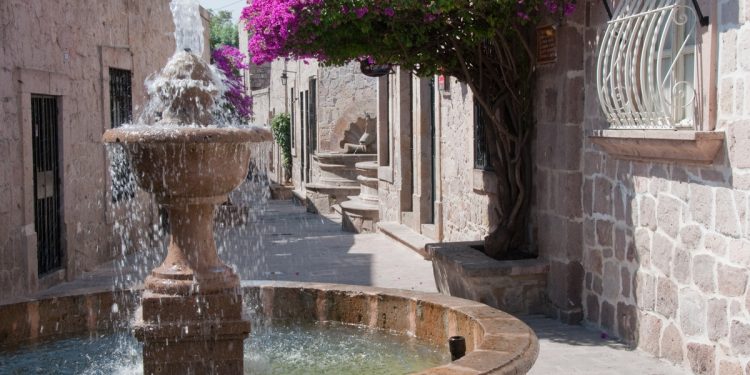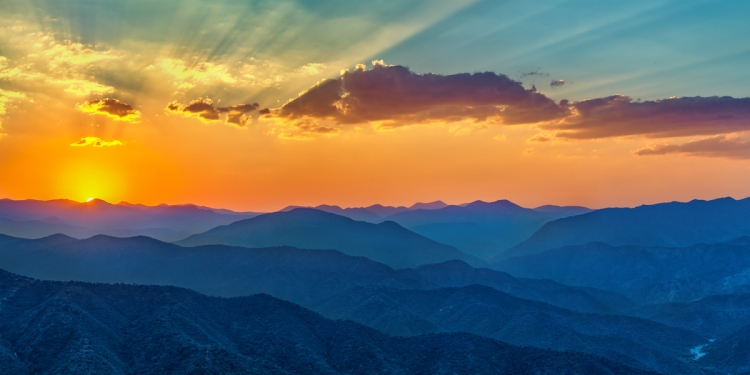Springtime in Mexico begins on or around March 21st each year, although by late February changes in the climate cycle can be seen and felt across the country as winter passes, daylight lengthens, and temperatures rise.
A transitional period
Early spring in Mexico is a transitional period that is often expressed with “febrero loco, y marzo otro poco,” a popular Mexican saying which describes the sudden change-ability (and increased unpredictability) of the weather during these two months of the year. It’s also a reminder that while the coolest days of winter may have passed, the warm spring days have not fully established their presence.
In the same way that cooling autumn days can suddenly turn summer-like in the highlands, warming days in early spring can suddenly turn cool and while these transitional snaps are brief, they can catch you off-guard.
In central and northern states along the central highlands, and in the highland regions west of Mexico City, cooler temperatures can persist into May, particularly overnight and during the early mornings. It’s worth packing and dressing for this changeability when you visit these regions during the spring.
It’s also a time of year when localized wind storms can appear suddenly, transforming a perfectly still day or night into a windswept landscape—and vanishing abruptly.
Clocks don’t spring forward in Mexico
In 2022, Mexico’s congress and senate voted to abandon seasonal clock changes, which set the country’s clocks forward by one hour in the spring, and back again by one hour in the fall. Some municipalities along the border with the USA will continue to move their clocks to synchronize with corresponding border cities in the US.
Although of Mexico won’t change its clocks this spring & fall, clock changes elsewhere will create time differences to note when you plan travels and meetings
As we have remarked elsewhere in these pages, the clock change was never popular in Mexico, and the country’s geographical location offers naturally-long daylight all year, regardless of any clock-time adjustments.
Jacaranda flowers bloom, coasts are popular
Annual trees begin to blossom again starting late February, redressing their branches and contributing another layer to the tapestries of bright color which Mexico is so well known for. The arrival of the elegant purple Jacaranda flowers is a bellwether sign that winter is truly passing.
Winter and early springtime months are ideal to visit or live near Mexico’s coasts, as humidity levels recede and there is little chance of rain—and virtually no chance of tropical storms which are formed over the oceans in high summer heat.
The driest months of the year
Early spring reveals the effects of Mexico’s dry season: by February, the natural moisture near the ground’s surface has evaporated, country trails and lanes turn dusty, grass lawns and fields turn corn-yellow and patchy. Aside from an occasional rain storm, these are the driest months of the year in Mexico, especially across the central highlands.
Springtime is high trading season for the “Pipas,” water-tank trucks labelled Agua Potable, which can regularly be seen trundling around roads and lanes during this time of year, especially in the countryside and outlying areas where some homes collect and filter rainwater for daily use and residents may arrange a water delivery to tide them over. (Each tank-truck dispenses up to 10,000 liters of clean water into a property’s underground cistern.)
Keen gardeners spend a lot of time watering their plants during early spring to keep them from wilting, and some embark upon a largely forlorn attempt to keep the grass from turning corn-yellow, which it will do naturally in the absence of a heavy drenching each day.
To conserve fresh water supplies, some larger homes (or condo developments) with extensive gardens use ‘gray water,’ collected from rains and waste water and stored in a special cistern underground to water lawns and plants during this dry season of the year. When the rain season returns in May or June the grass swiftly recolors to emerald green.
From dusty lanes to drenching rains
Every season in Mexico offers a unique climate experience for visitors and residents to enjoy. While the change from winter to spring is not as clearly noticeable as that further north in the hemisphere, springtime in Mexico does offer a chance to witness some fascinating natural contrasts and transitions.
By the time the shops and local markets become overflowing with juicy seasonal mangos, you’ll know it’s May again: air temperatures rise noticeably during mid-to-late spring before the start of refreshing summer rains that will propel the flora, bring welcome relief from the dry dusty streets and country trails, and temper the daytime heat inland and along the coasts.
Discover Mexico’s weather and climates
Mexperience helps you to discover Mexico’s diverse topography and climate as you make your lifestyle and leisure plans:
- Learn about how Mexico is a land of three lands
- Discover Mexico’s climate through the seasons
- The rain season begins in May/June and yields to the dry season in October/November
- Check individual travel guides here on Mexperience for climate by location. You can get full details about the weather by region and season on our guide to climate in Mexico.
- Browse the latest articles about climate and weather in Mexico
Mexico in your inbox
Our free newsletter about Mexico brings you a monthly round-up of recently published stories and opportunities, as well as gems from our archives.











